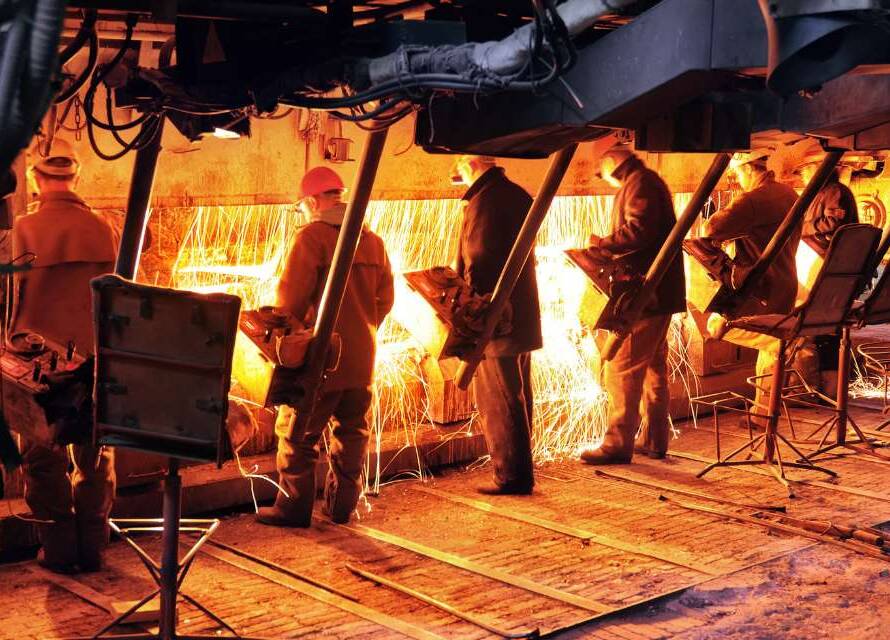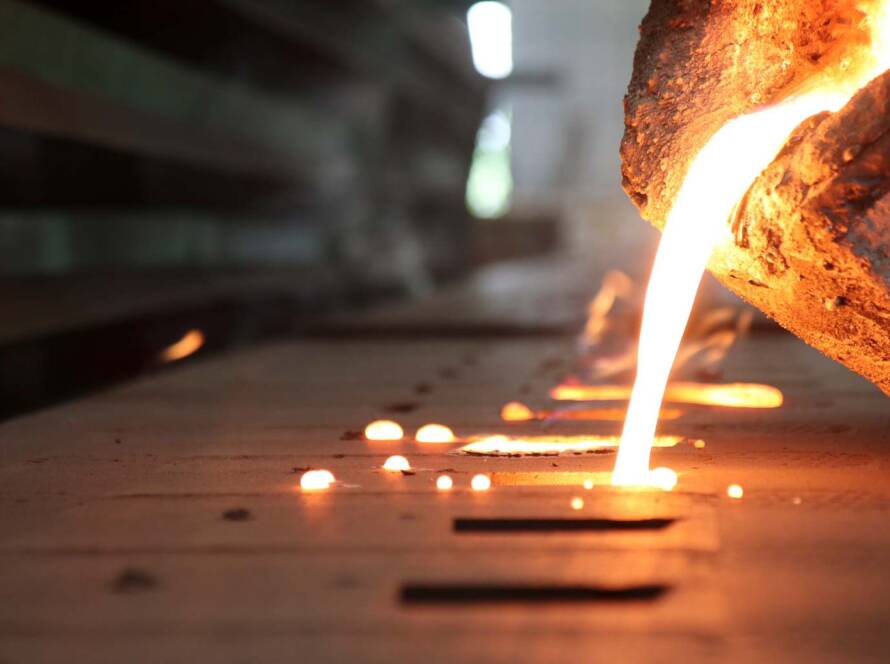The industrial casting sector is being transformed by an accelerating demand for lightweight components. This shift, driven by the need for better fuel efficiency, stricter emission standards, and enhanced performance, is reshaping how manufacturers operate—especially in key industries like automotive, aerospace, and renewable energy.
Automotive Sector: The Engine of Growth
Automakers are at the forefront of this movement. In 2022, the automotive sector accounted for a substantial 59.5% of global casting market revenue, according to a report by Grand View Research. The push for lighter, more fuel-efficient vehicles has created a surge in demand for materials like aluminum and magnesium, which offer significant weight reductions without sacrificing strength.
Aluminum castings, in particular, have become the industry standard, accounting for 38.3% of market revenue in 2022, according to the same report. Automakers like General Motors and Tesla are leading the charge, using high-pressure die casting to produce large, complex parts such as engine blocks and transmission systems. In the electric vehicle (EV) space, these lightweight components are critical—reducing vehicle weight translates directly to extended battery range, a key competitive advantage in the fast-growing EV market.
Technology: Shaping the Future of Casting
To meet this growing demand for lightweight components, the casting sector is embracing cutting-edge technologies. High-pressure die casting has emerged as a pivotal technique, allowing manufacturers to produce intricate, thin-walled components that are both strong and lightweight. This process is crucial for automotive applications, where even small reductions in weight result in significant improvements in fuel efficiency. Kings Research projects the pressure die casting segment will experience the fastest growth, with a 7.29% annual growth rate from 2024 to 2031.
Meanwhile, additive manufacturing (3D printing) is making waves, offering new opportunities to create complex shapes that would be difficult, if not impossible, to achieve with traditional casting methods. This innovation not only enhances design flexibility but also minimizes material waste, a growing priority as sustainability becomes a key concern. Simulation software is further optimizing casting processes, helping reduce defects and ensure that high-quality lightweight components are delivered efficiently.
Expanding Opportunities in Renewable Energy and Aerospace
While the automotive industry is the largest driver of demand for lightweight components, other sectors are also benefiting. The renewable energy industry, particularly wind power, is increasingly relying on castings made from lightweight materials for critical components like turbine hubs and generator casings.
As global investments in renewable energy ramp up, this sector is expected to fuel further growth in the casting market. According to the International Energy Agency (IEA), investment in clean energy has accelerated since 2020, with spending on renewable power, grids, and storage now outpacing total spending on oil, gas, and coal. This trend presents significant opportunities for casting manufacturers producing components for wind and solar power.
The aerospace industry, which values strength-to-weight ratios, is another key player. Manufacturers are using aluminum and magnesium castings to reduce the weight of aircraft components, improving fuel efficiency and cutting emissions. This shift is particularly important as airlines and defense contractors face mounting pressure to lower their carbon footprints. The demand for lightweight castings in aerospace applications is expected to rise in tandem with global efforts to improve environmental sustainability.
As a U.S.-based company with 30 years of experience, Source Machining Specialties specializes in helping U.S. manufacturers with their manufacturing needs in India. We’re so confident in our Indian production facilities that we invite you to a site audit at our expense. Discover more about our capabilities and services, and let’s start a conversation.



